Lajpat Nagar Metro Station, Block M, New Delhi, 110024
|096506 82102
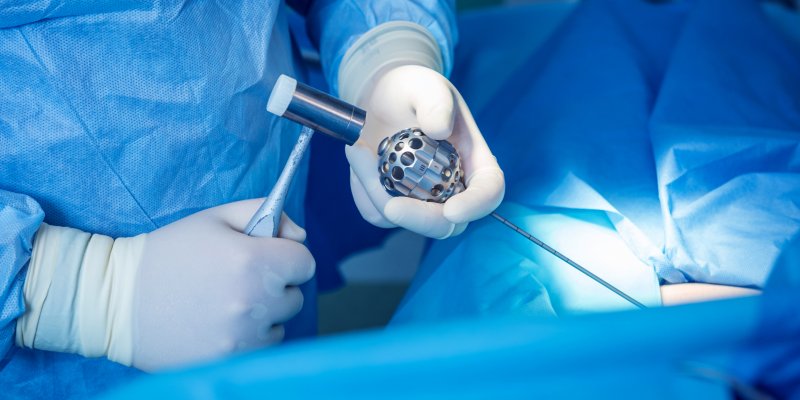
Published by Dr. Vishal Nigam on May 29, 2024
Everything you need to know about Endoscopic Spine Surgery
Endoscopic Spine Surgery – A Groundbreaking Step in Spinal Care Endoscopic spine surgery is at the cutting edge of advanced spinal care, offering a forward-thinking choice in treating back issues. This approach is reshaping the way health experts tackle challenging spine problems. It uses small-scale, less invasive methods that lead to swift healing, fewer complications.
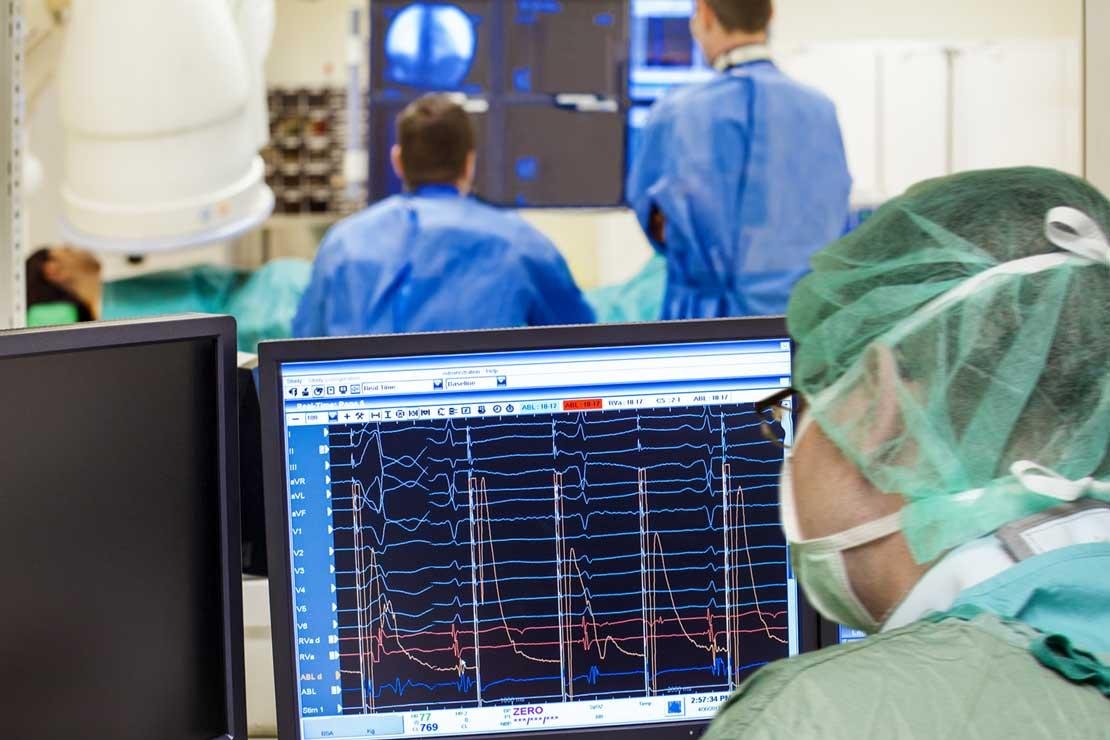
Published by Dr. Vishal Nigam on April 19, 2024
Intra-Operative Neuromonitoring
Intraoperative Neuromonitoring (IONM) is a rapidly-growing field that involves the monitoring of the Central and Peripheral nervous systems of patients while they are undergoing surgical procedures. By using neurophysiologic recordings, we can identify changes caused at the operative site due to surgical insults, and reduce the risk of post-operative deficits. Introduction of IONM has reduced
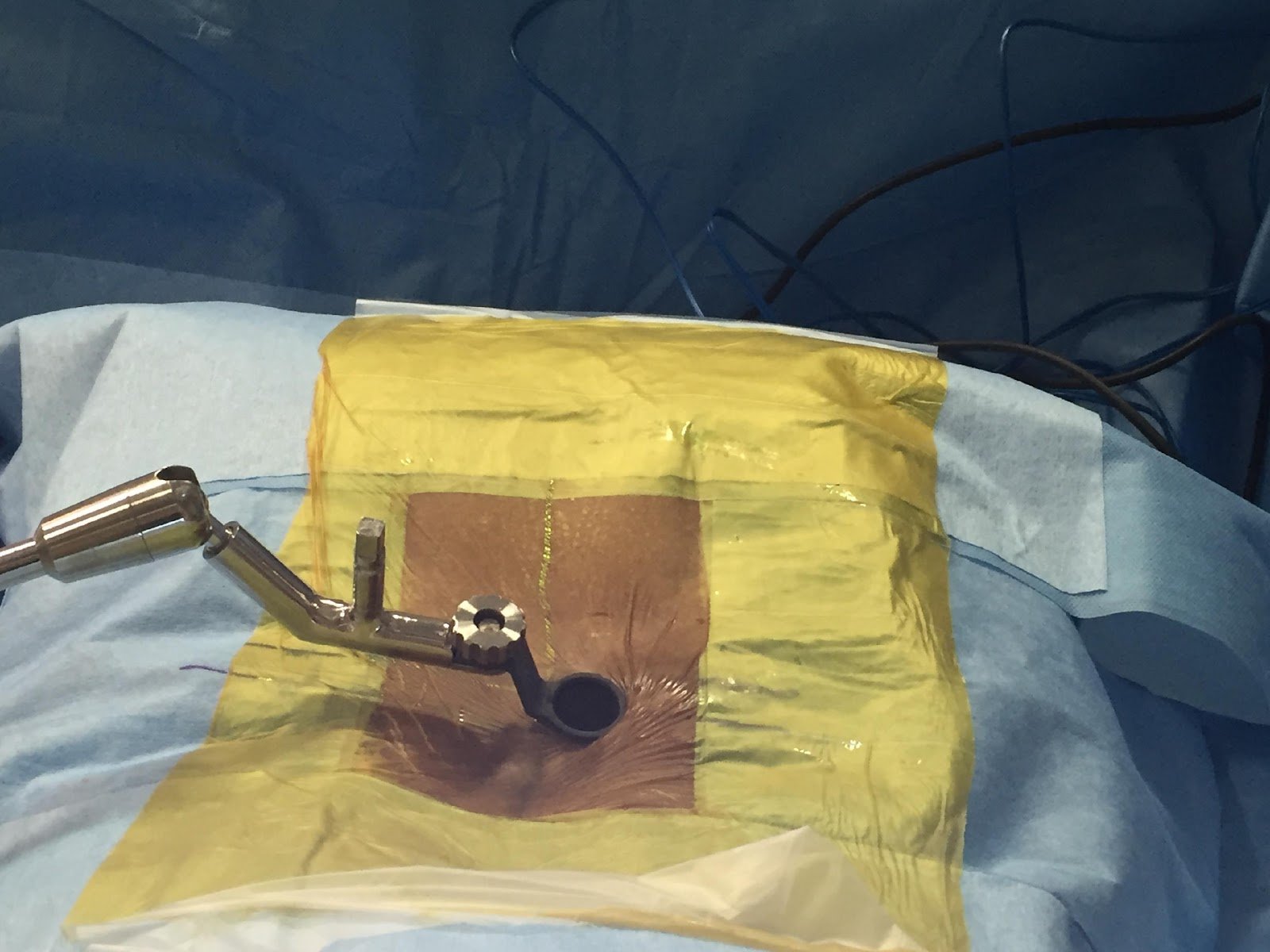
Published by Dr. Vishal Nigam on April 12, 2020
What is Minimally Invasive Spine surgery?
Minimally invasive spine surgery (MISS) is a new and rapidly developing branch of spine surgery in which spine surgery can be done with small incision and reducing damage to the paraspinal muscles. Conventional spine surgery necessitates extensive muscle dissection and separation of muscle from its attachments. In MISS the muscle attachments are preserved and surgery
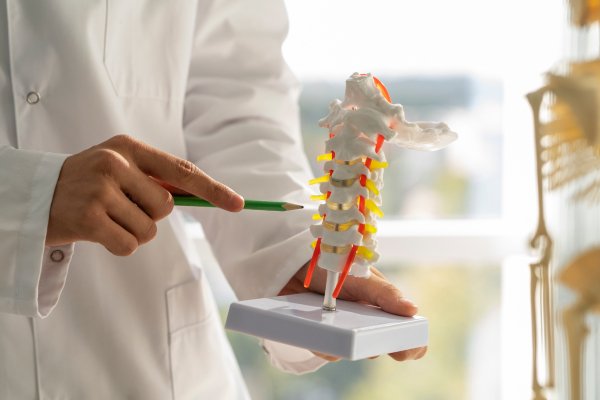
Published by Dr. Vishal Nigam on April 12, 2020
What are the benefits of Minimally Invasive Spine Surgery?
Minimally invasive spine surgery offers several benefits to the patient. Because of the basic concept of preserving muscle attachments and reducing damage to the posterior midline bone-ligament complex, it ensures better post-operative spinal stability and better post-operative extensor muscle strength as compared to people who have undergone conventional open surgeries. The major benefits of MISS
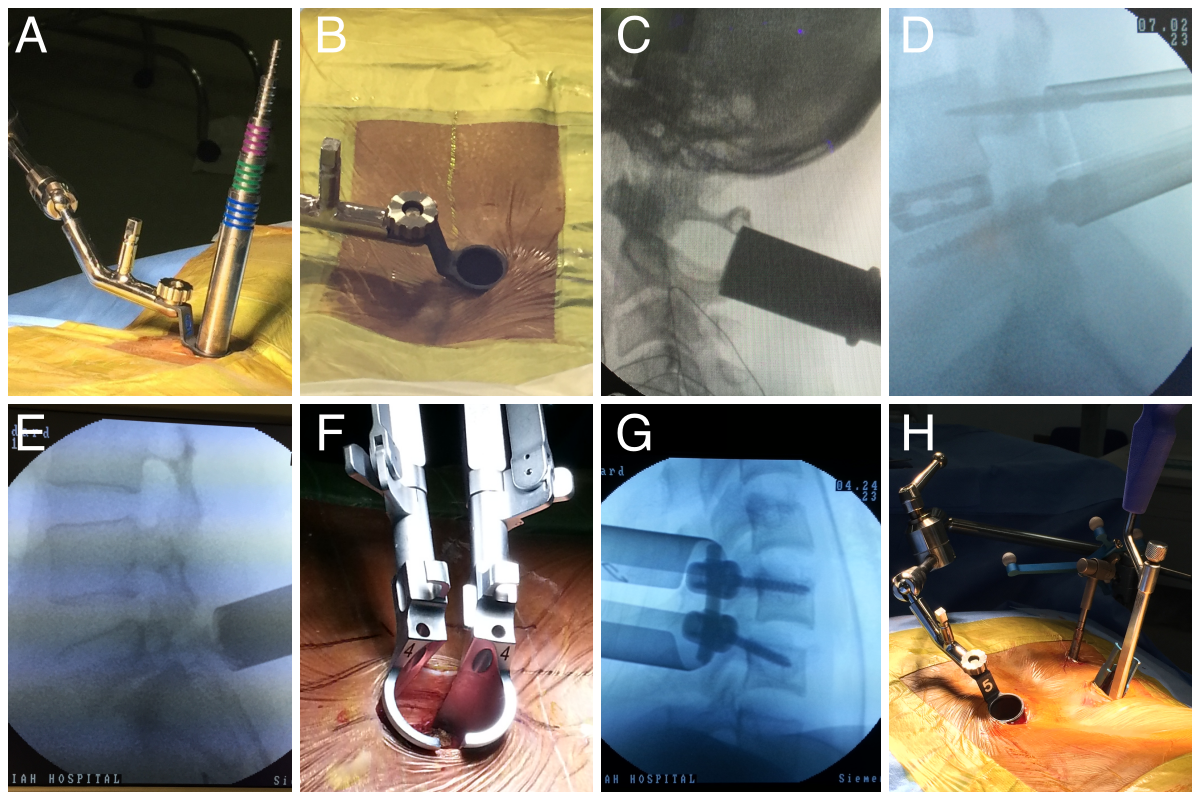
Published by Dr. Vishal Nigam on April 12, 2020
What Conditions can be treated by Minimally Invasive Spine Surgery
Ever since its introduction to treat lumbar disc herniations by Kevin Foley in 199812,13, MISS has been adapted widely to treat almost all disorders of the thoracolumbar spine and many disorders of the cervical spine. With ongoing developments in instruments and technology, it is only prudent to say that time will continue to inculcate newer
Recent Posts




